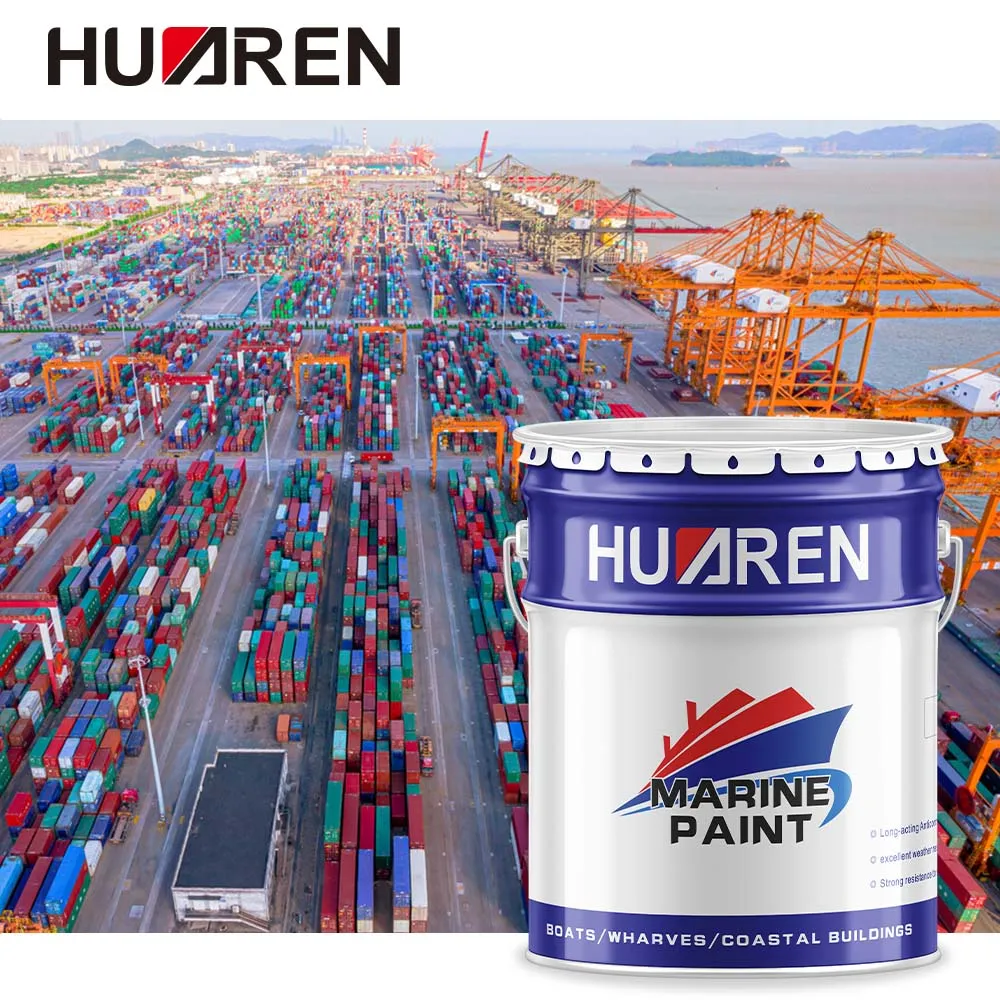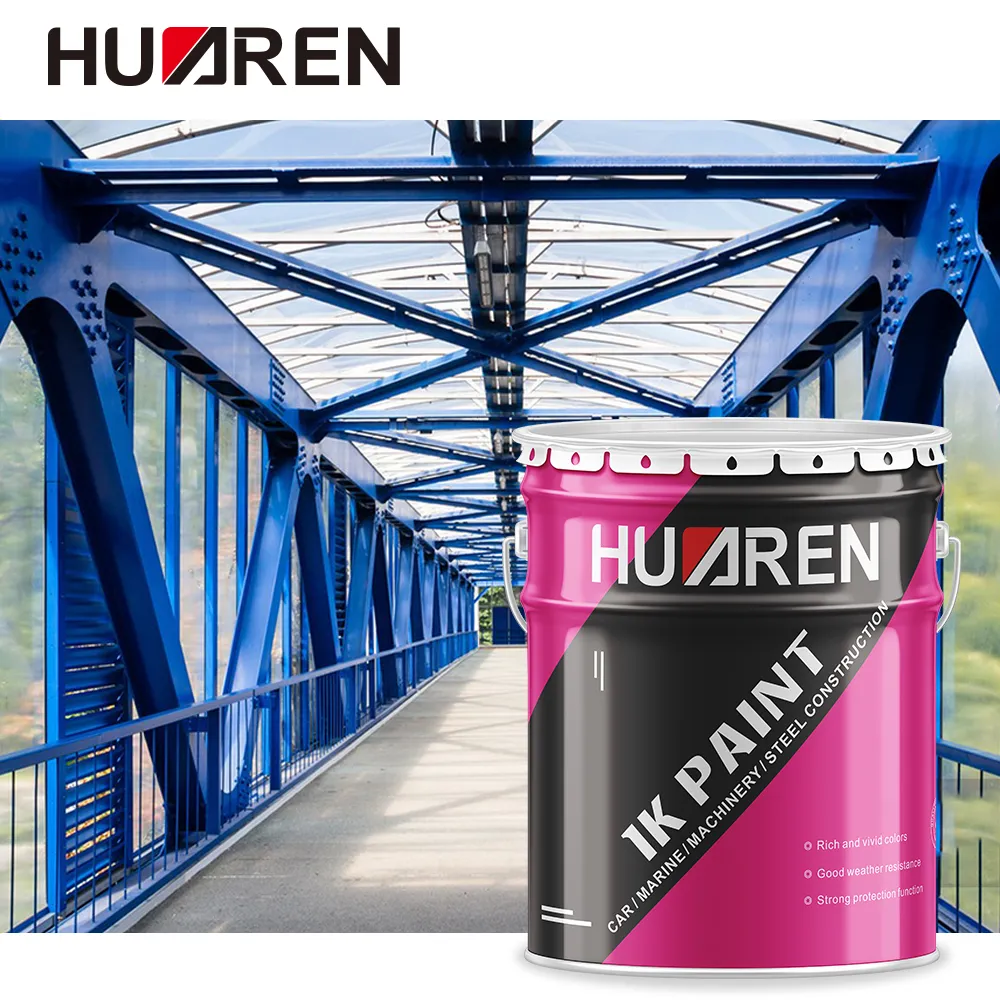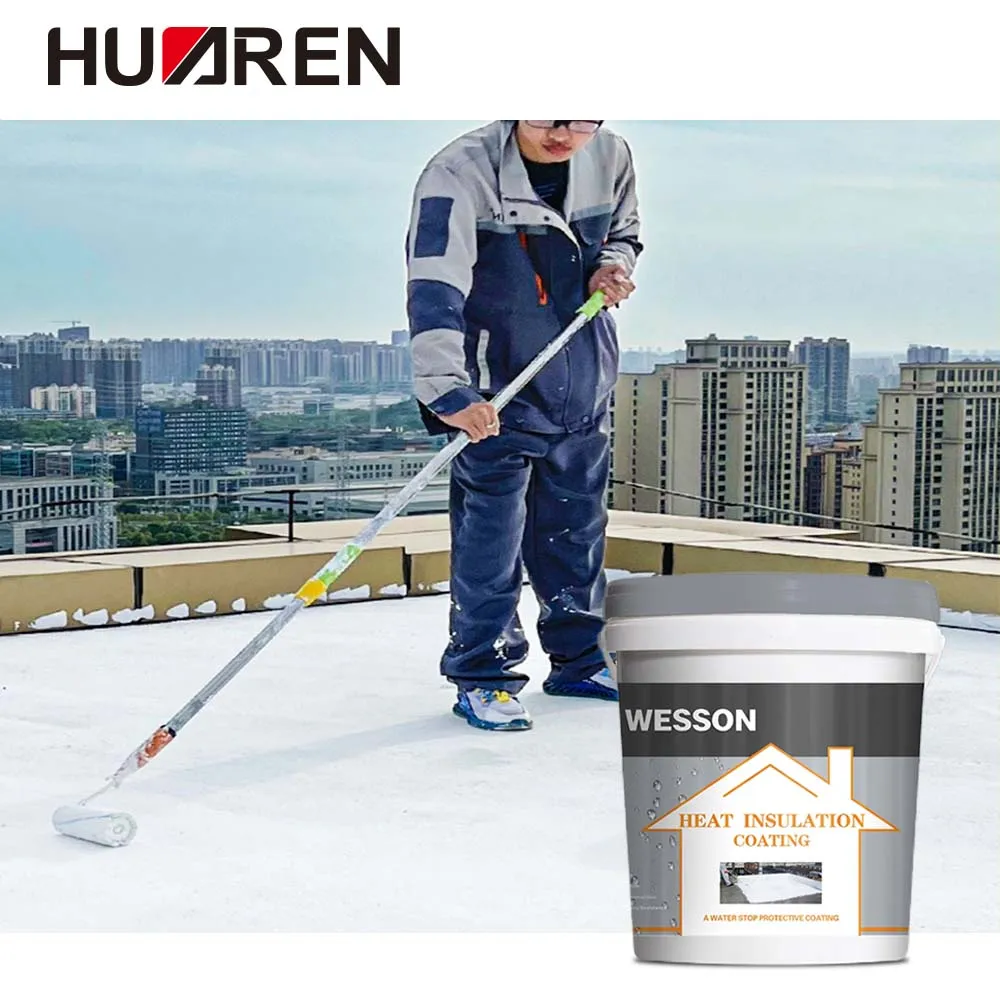In the coatings market, industrial paint and commercial paint are two very important categories. Although they are both used to protect and decorate surfaces, their functions, ingredients and application areas are very different. Choosing the right paint is not only about the final visual effect, but also about the long-term durability and protection of the surface. This article will explore the difference between industrial paint and commercial paint in depth to help everyone better understand the differences in performance, ingredients and uses of these two types of paint.

What is industrial paint?
Industrial paint, as the name suggests, is mainly used in the industrial field. It is a coating specially designed for industrial facilities, machinery and equipment, infrastructure, etc., with extremely high durability, chemical resistance and corrosion resistance. The main function of industrial paint is to provide long-term protection for metals, concrete and other materials against harsh environmental conditions such as high temperature, humidity, chemical erosion, etc. Typical application scenarios include bridges, factory equipment, oil platforms, ships and other large structures exposed to harsh environments.
Industrial paints are usually divided into primers, topcoats, special coatings (such as anti-corrosion coatings, high temperature resistant coatings) and other categories. Each has its own special function to ensure long-term and effective protection in various harsh industrial environments.
What is commercial paint?
Commercial paint is mainly used in commercial buildings, homes and light industry fields, with the goal of providing beautiful decorative effects and basic protective functions for the surface. Commercial paint is widely used on surfaces such as walls, ceilings, furniture, doors and windows, floors, etc., aiming to enhance the appearance of buildings and facilities while providing a certain degree of durability.
Commercial paint pursues rich colors, good texture and easy construction, and is suitable for areas that people come into contact with on a daily basis. It usually requires higher decorative and environmental performance, such as low odor, low VOC (volatile organic compounds), etc., to meet the needs of home and office environments.

What is the difference between industrial paint and commercial paint?
Differences in ingredients and formulas
Ingredients and characteristics of industrial paints
The formula of industrial paints is designed for use in harsh environments, and the ingredients usually include higher performance resins, pigments and additives to cope with extreme conditions. Common industrial paint formulas use high-performance materials such as acrylic, epoxy, and polyurethane. Here are some of the main ingredients and features of industrial paint:
● High-performance resins: Industrial paints usually use acrylic, epoxy, or polyurethane resins as base materials. These resins are outstanding in chemical stability, wear resistance, weather resistance, and corrosion resistance. Epoxy resins are often used in anti-corrosion and heavy-duty protective coatings, while polyurethanes are mostly used in anti-ultraviolet and high-temperature resistant fields.
● Pigments: Pigments in industrial paints are not only used to provide color, but also need to provide additional protective functions, such as anti-oxidation and anti-ultraviolet. Some industrial paints even use metal oxides as pigments to enhance the durability of the coating.
● Additives: In order to improve the performance of industrial paints, various additives are usually added to the formula, such as preservatives, antistatic agents, and toughening agents. These additives can greatly improve the wear resistance and weather resistance of the coating.
Composition and characteristics of commercial paints
The formula of commercial paints pays more attention to decorative effects and user experience, so there are higher requirements in terms of environmental protection performance and construction convenience. Compared with industrial paints, commercial paints are formulated more gently to ensure that they are suitable for home and office environments. The main ingredients of commercial paint include:
● Water-based resin: Commercial paint usually uses water-based acrylic or vinyl resin as the base material. This type of resin is easy to apply, dries quickly, and releases less harmful gases. The environmental friendliness of water-based paint makes it the first choice for home and commercial building painting.
● Environmentally friendly pigments: The pigments used in commercial paint not only focus on color richness, but also emphasize environmental protection and safety. Many modern commercial paint brands have launched low-VOC or zero-VOC products to reduce the impact on air quality.
● Functional additives: Additives in commercial paint are usually used to improve the gloss, feel and mildew resistance of the paint. Some special commercial paints also add anti-fouling or antibacterial ingredients to enhance their applicability.

Differences in application environment and construction methods
Application environment of industrial paint
Industrial paint is widely used in industrial fields such as petrochemicals, automobile manufacturing, building structures, mechanical equipment, etc. These environments are often very harsh. The paint not only needs to withstand high temperature, humidity and chemical erosion for a long time, but also has the function of preventing metal oxidation and concrete cracking.
Due to the special functional requirements of industrial paint, its construction usually requires professional equipment and technology. For example, when using industrial anti-corrosion paint, it is often necessary to use spraying equipment and apply multiple layers to ensure that the coating is uniform and the thickness meets the requirements. In addition, surface treatment is also a key step in the construction of industrial paint. Sandblasting, grinding and other processes help to enhance the adhesion and durability of the coating.
Application environment of commercial paint
Commercial paint is mainly used for daily contact surfaces such as walls, furniture, and floors. Application places include homes, offices, commercial buildings, etc. These environments require paint to be easy to clean, non-irritating, have good decorative effects, and have a certain degree of durability.
The construction of commercial paint is relatively simple. In most cases, no special equipment is required. It can be completed by brushing, rolling or spraying. Compared with the complex construction of industrial paint, commercial paint is more suitable for non-professionals to operate by themselves, especially in home decoration, where users can usually complete the painting work easily.
The difference between durability and maintenance cost
Durability of industrial paint
The original intention of industrial paint design is to withstand harsh use environments, so it has extremely strong durability. High-quality industrial paint can maintain performance for 10 years or even longer under extreme conditions, reducing the maintenance cost of equipment and structures. Although industrial paints have a higher initial price, their long life and low maintenance requirements make them more economical in long-term use.
For example, anti-corrosion paints used on bridges and oil platforms need to cope with continuous erosion from seawater, moisture and wind. Choosing the right industrial paint can effectively prevent corrosion, ensure the safety and stability of the structure, and extend its service life.
Durability of commercial paints
Commercial paints have relatively low durability, especially in environments with high traffic or frequent use, where wall and floor paints may need to be repainted every few years. Although modern commercial paints have improved in durability, they focus more on aesthetics and ease of maintenance compared to industrial paints.
Commercial paints are generally low in maintenance costs, especially water-based paints, which are very easy to clean and repair. Even if some areas are damaged, the appearance can be restored by simply touching up or repainting.

Performance testing and environmental requirements
Performance testing of industrial paints
Industrial paints are usually subject to a series of rigorous performance tests, such as corrosion resistance, abrasion resistance, chemical resistance, adhesion, hardness, etc. These tests ensure that the paint can maintain its protective function in extreme environments. For example, industrial paints used on oil platforms must undergo long-term salt spray tests to verify their ability to resist seawater corrosion.
The environmental protection requirements of industrial paints are relatively low, especially in certain high-performance requirements, the functionality of the paint may be prioritized over the environmental protection. However, with the improvement of environmental awareness, more and more industrial paint manufacturers have begun to develop low-VOC and solvent-free products to reduce the impact on the environment.
Environmental requirements for commercial paints
Since commercial paints are widely used in homes and public places, their environmental protection is particularly important. Modern commercial paint products generally require compliance with low-VOC standards to reduce the impact on indoor air quality. When choosing commercial paints, consumers often pay attention to the smell of the paint, environmental protection labels, and the release of harmful substances during the drying process.
In addition, commercial paints must also undergo tests such as washability, stain resistance, and yellowing resistance to ensure the performance of the paint in daily use. Especially in humid areas such as kitchens and bathrooms, mildew and antibacterial functions are also an important consideration for commercial paints.

